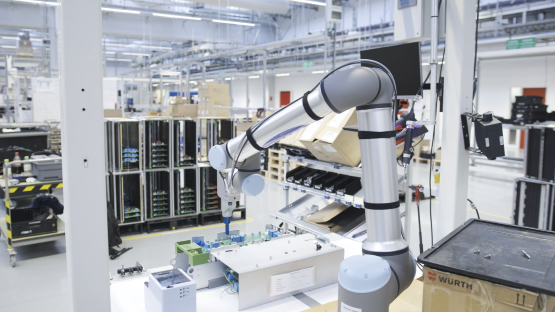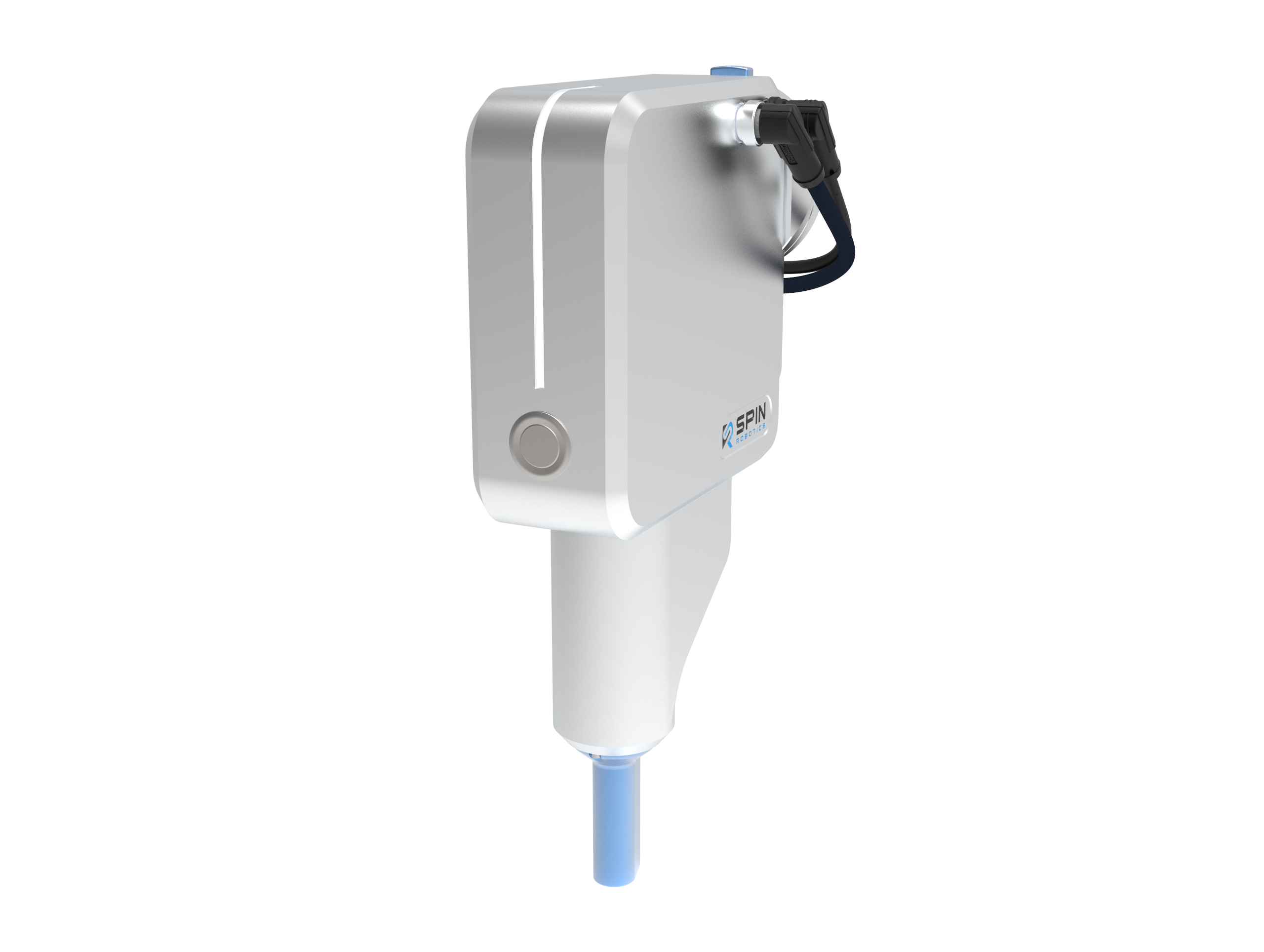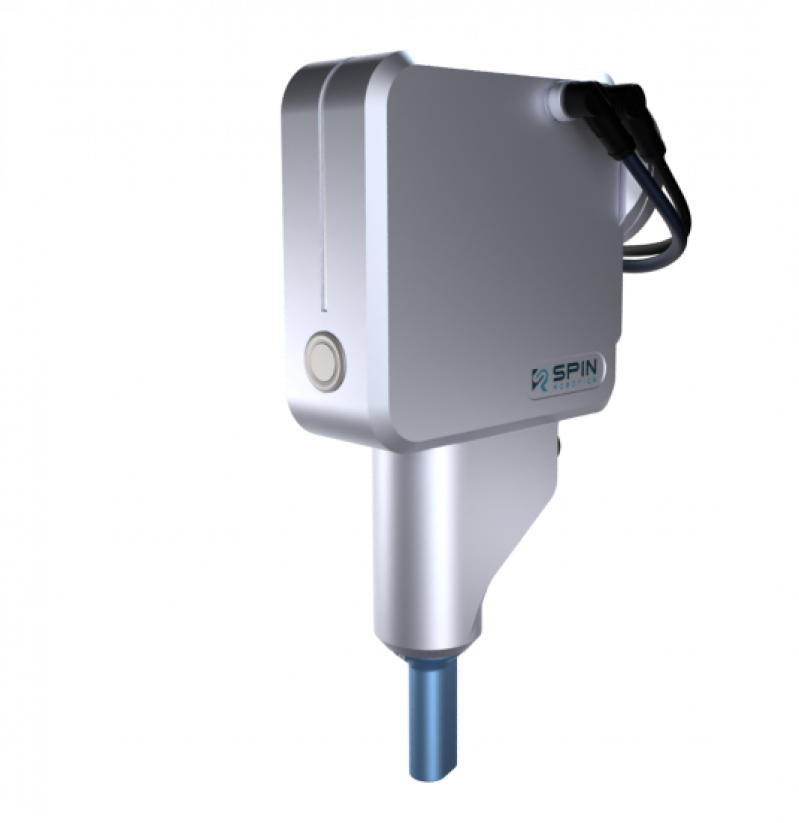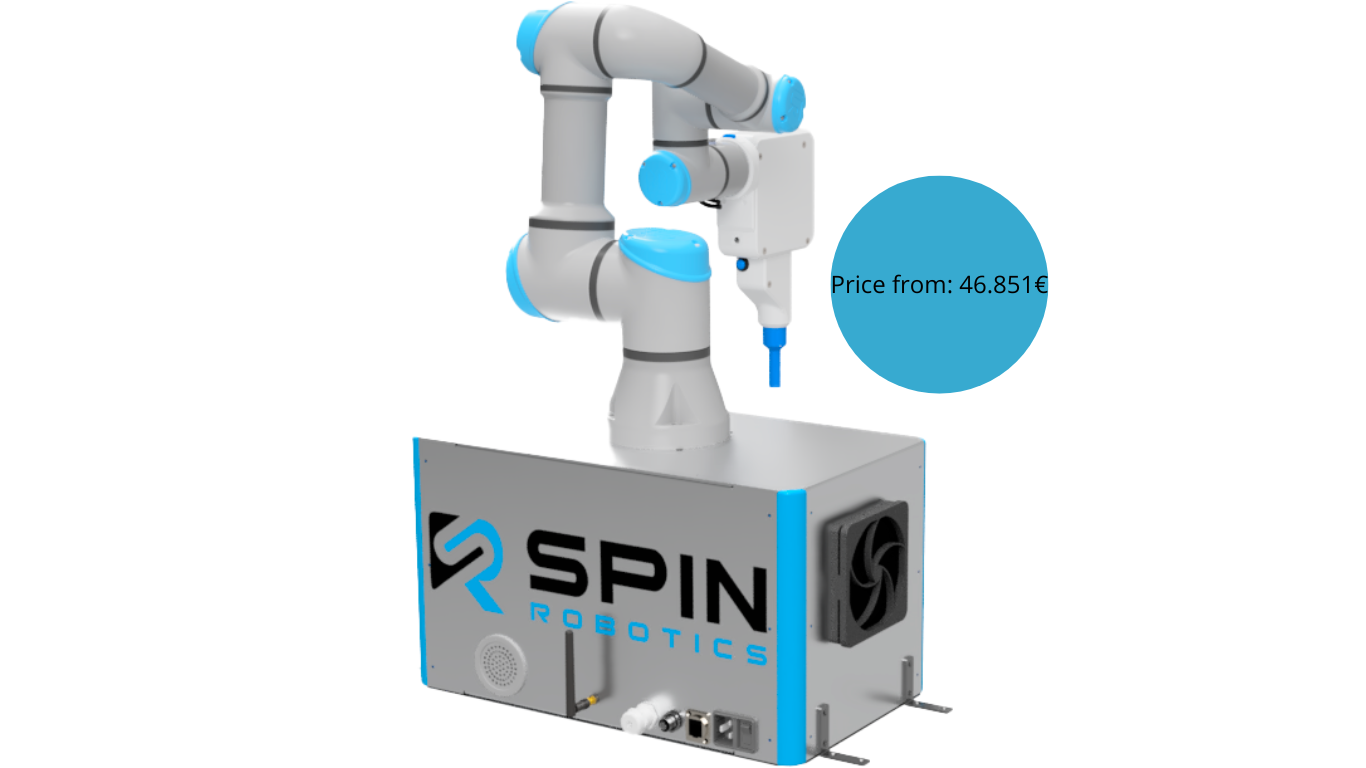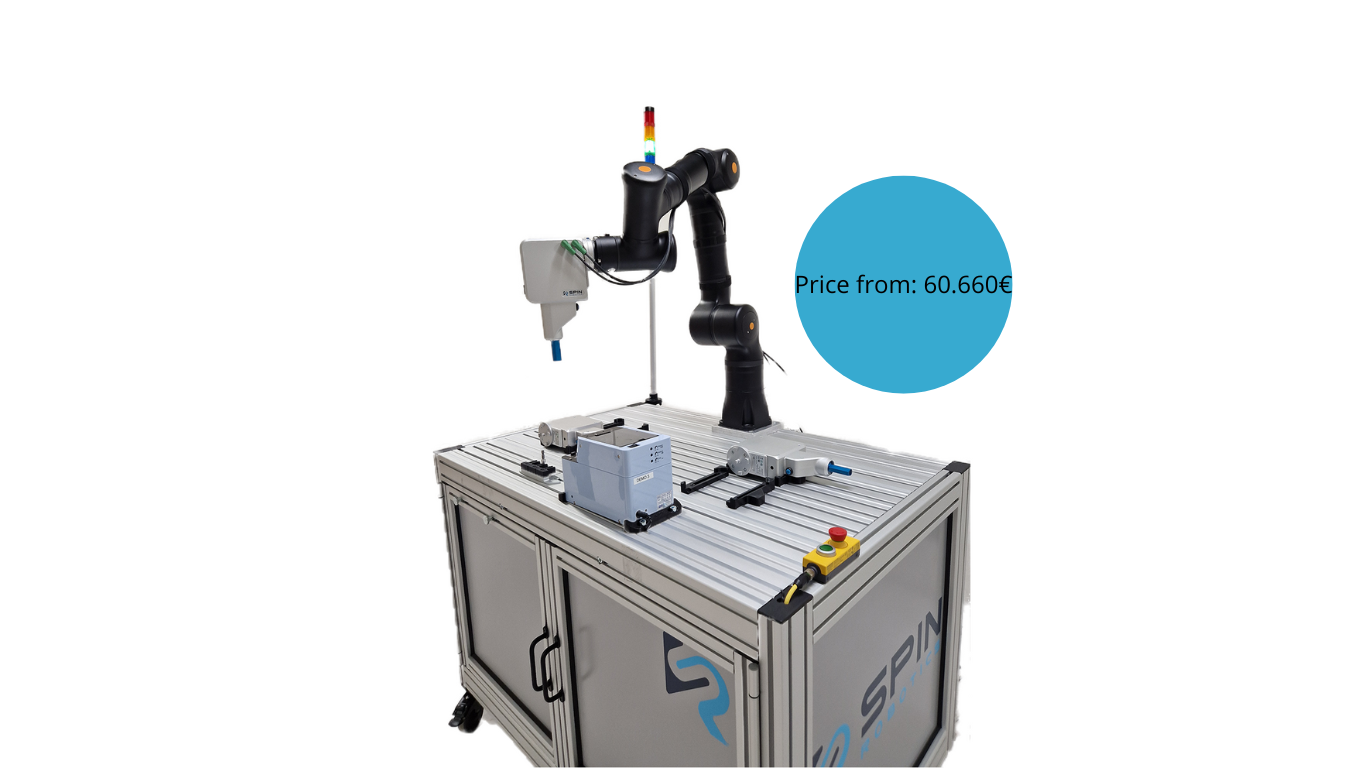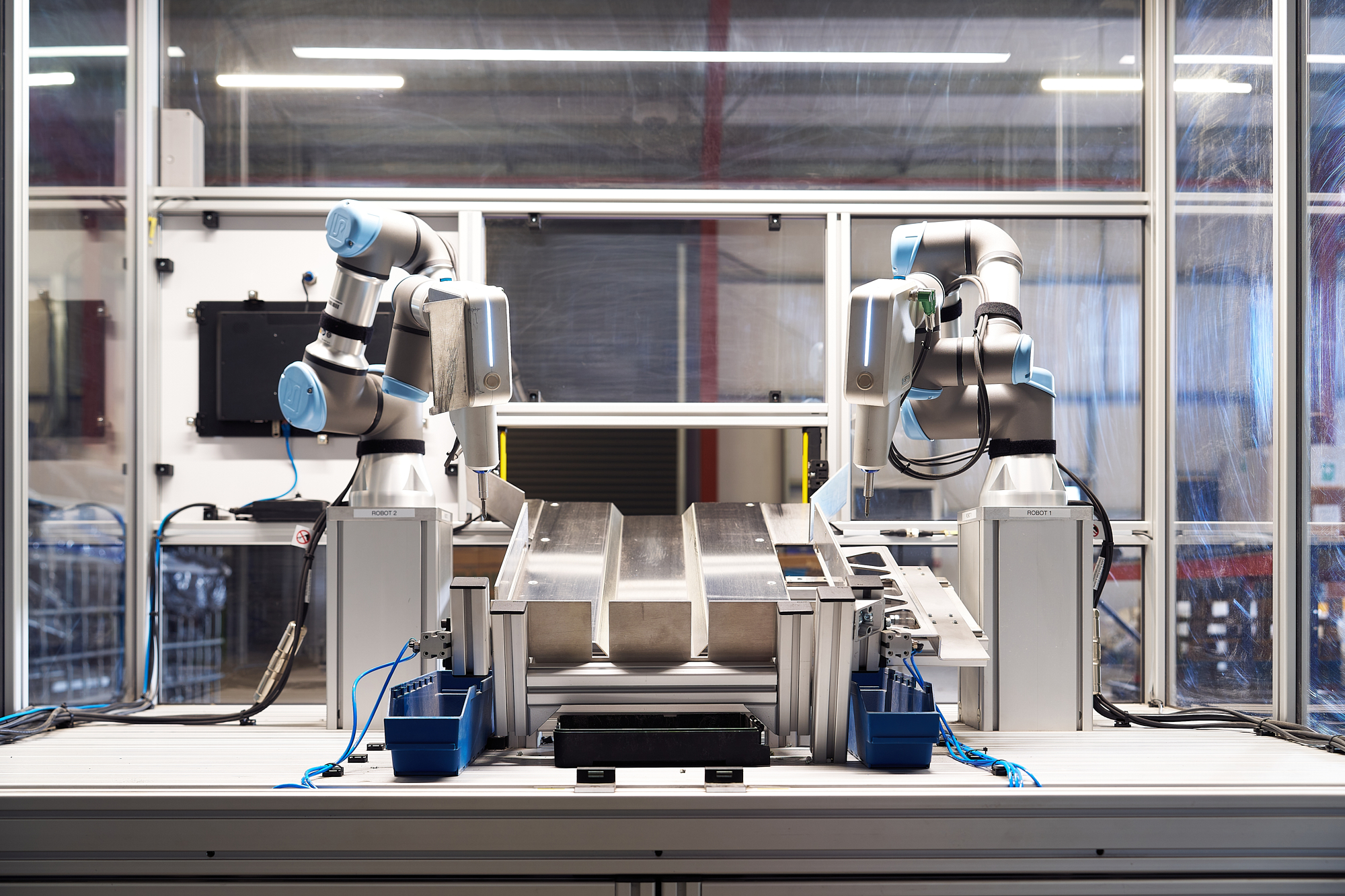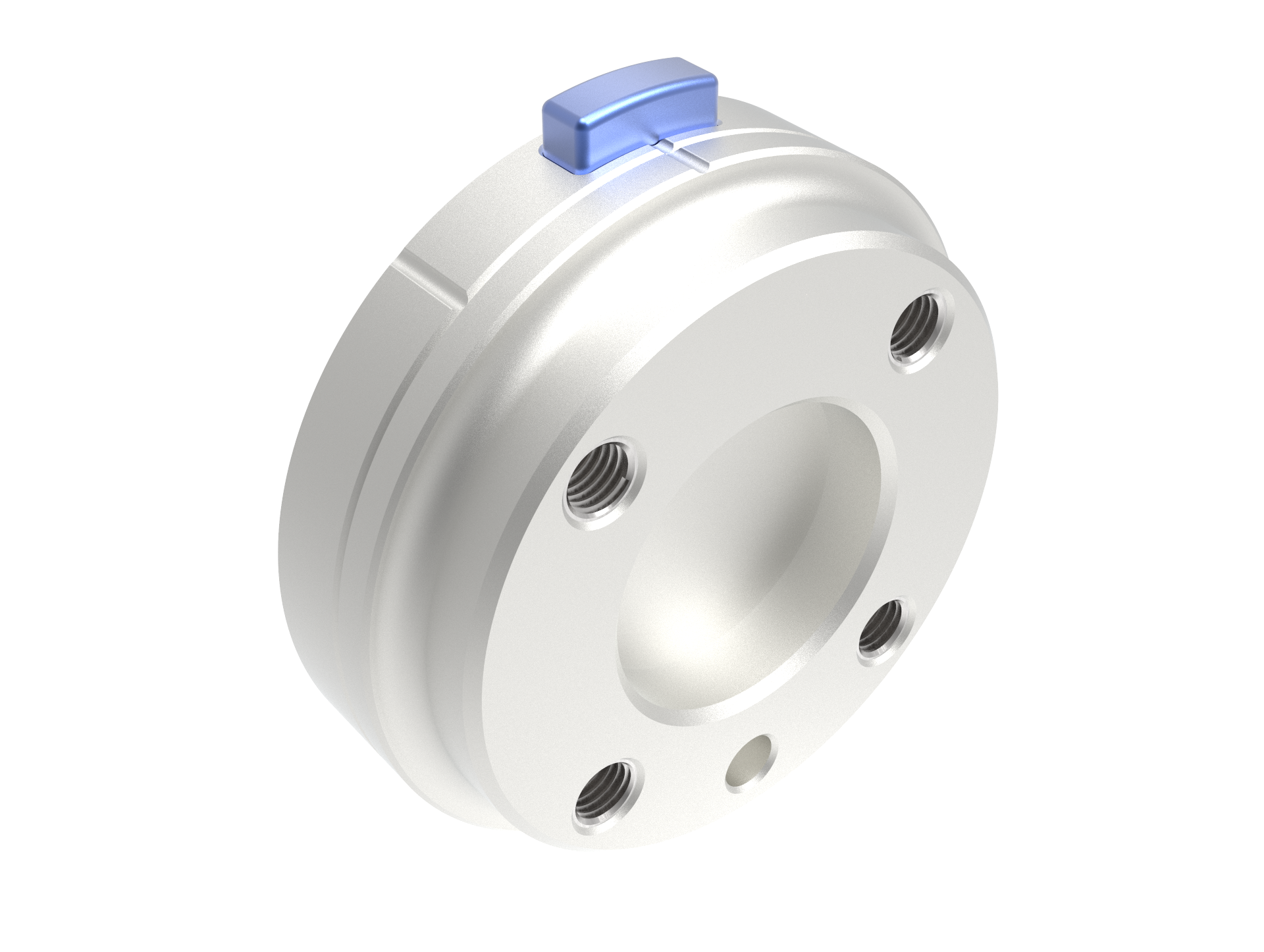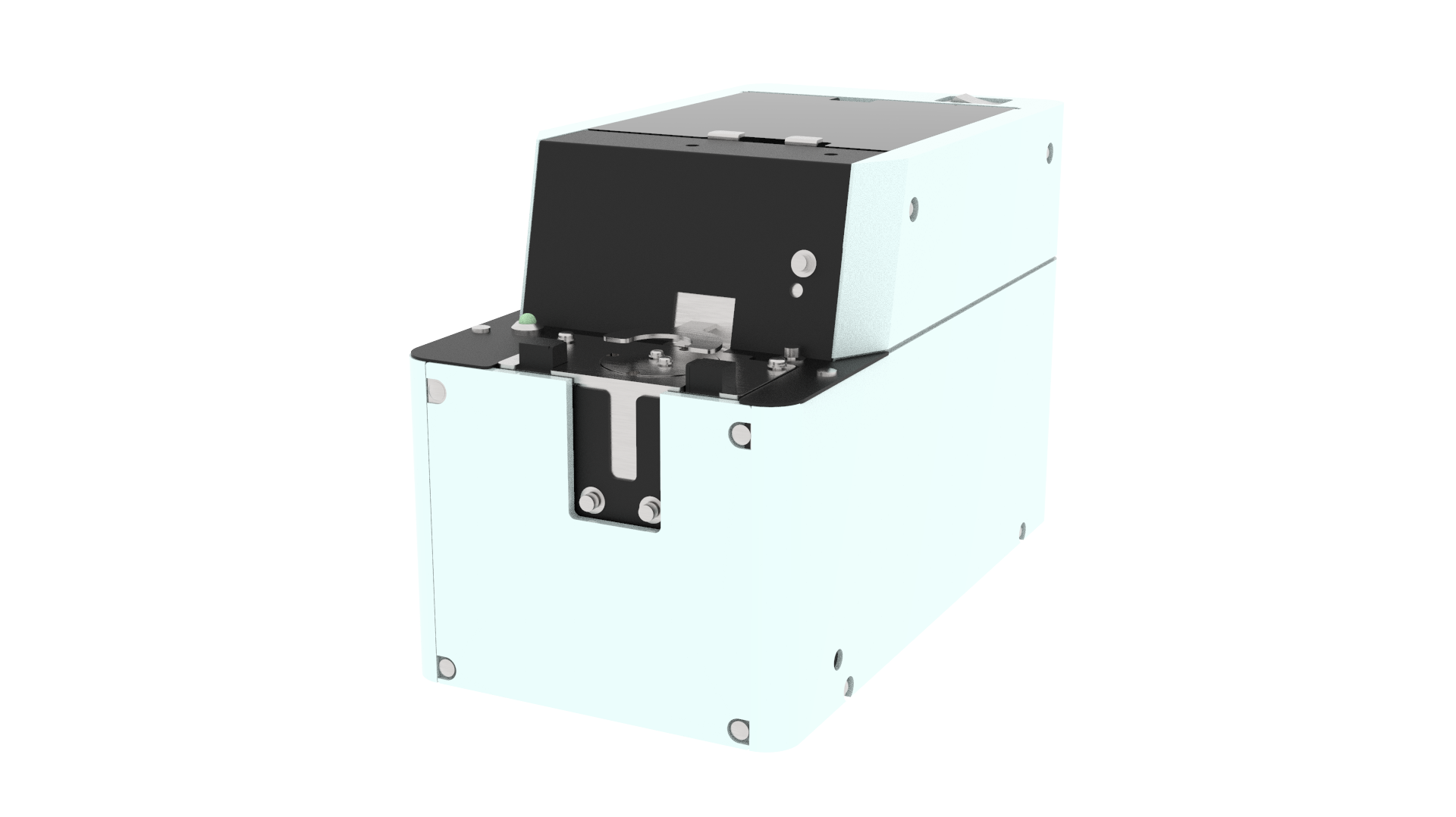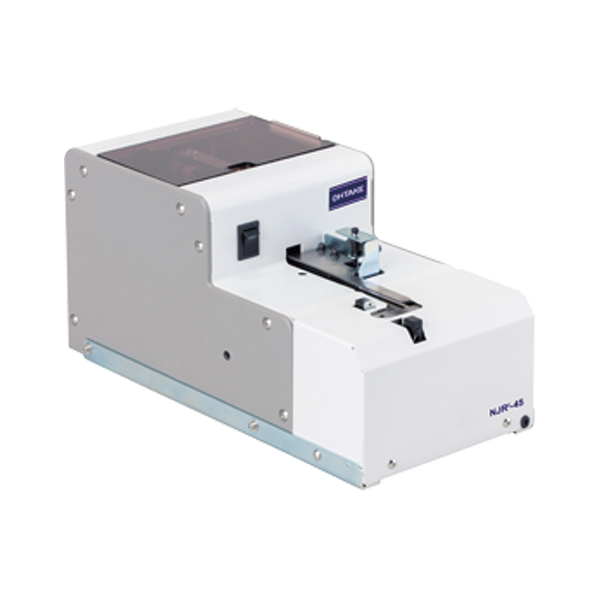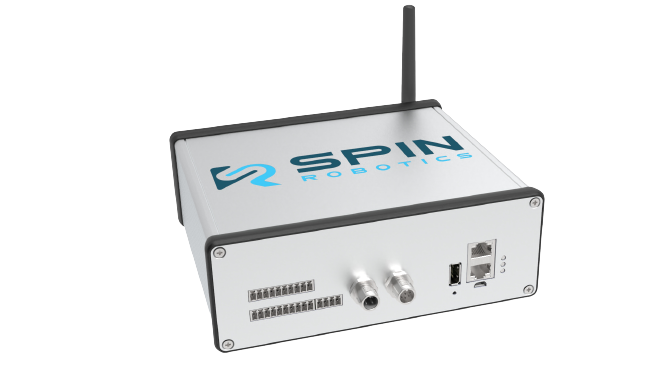Overcoming Hurdles in Electronics Manufacturing with Robotics
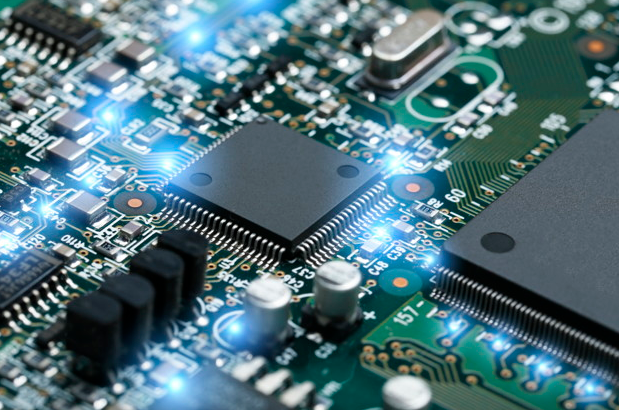
The electronics industry is changing and advancing at an unprecedented pace. Over the past few decades, this acceleration has become even more prevalent. To give you some perspective of how fast this industry is changing, consider that the top players in this field were entering the market just over 10 years ago.
The advances in technology have led to the establishment of new electronics companies which led to an increase in competition. New niches within the field have also contributed to the increased production of electronics to address various customer needs.
To stay competitive, electronics companies have to be flexible and act fast at the same time. There are several challenges that electronics manufacturers are facing today. For this reason, companies that are overcoming these challenges faster and more efficiently will have a competitive advantage over their rivals.
Most of these key challenges are intertwined with the processes of assembly, as well as other aspects of the manufacturing process. In this blog post, we have collected the main challenges and obstacles in electronics manufacturing and highlighted some of the ways collaborative robots, and robotic applications, in general, can support electronics manufacturing processes.
The Main Challenges in Electronics Manufacturing
● Smaller profit margins: The rapid advancement in technology, as well as the increase in the number of electronics producers globally, is making the competition more fierce, and the price of electronics cheaper. For this reason, it is essential for manufacturers to make their production processes as cost-effective as possible, to achieve a higher profit margin.
Robotics and collaborative solutions can save time, costs, increase output quality and productivity while supporting employees along the assembly lines. Automating manufacturing processes can optimize cost-efficiency, and allow manufacturers to realize higher profits from their activities.
● Delays due to supply chain gaps: Most manufacturers are outsourcing some or all of the production of the electronics components. It can make the manufacturing process more efficient, and allow the in-house capacities to be focused on a few key activities. On the other hand, it can cause other problems, such as a higher level of unpredictability about the timely availability of components, and undulating production quality.
To avoid these issues, manufacturers should look at the bigger picture, and prioritize building a supply chain, in which all actors are optimizing their processes with state-of-the-art technologies. This is a longer-term process, but suppliers that are employing automated solutions in their manufacturing processes will be able to provide more stable output quality, with fewer delays and supply disruptions.
● Maintaining quality can be problematic: As we have highlighted in the previous point, uniformity of production is an essential aspect of manufacturing. The increase in the uniformity of production is generally associated with an increase in the quality of the products, reduced number of accidents at work, and improved efficiency of the production process.
The use of robotic solutions, such as for instance collaborative robotic applications in the manufacturing processes can increase production uniformity and consistency.
● Increasing demand can be hard to meet: In recent times, consumer trends and preferences in electronics is changing rapidly. Manufacturers have to be flexible, and increase their productivity at the same time, to meet these demands. For this reason, companies have to optimize their production processes constantly to be able to stay relevant in a turbulent market.
Manufacturers that are utilizing robotics in the production and assembly of their products can realize higher productivity, and serve more consumers on the market in a shorter time frame.

